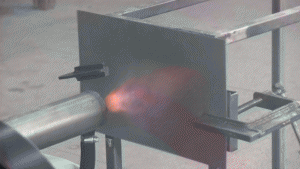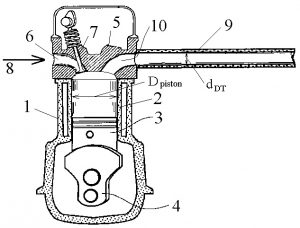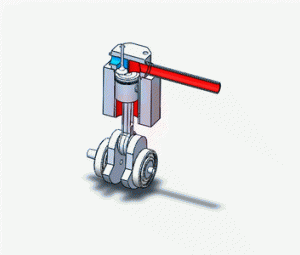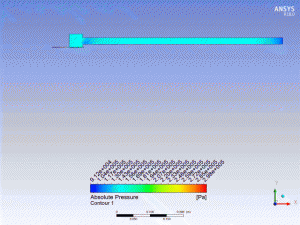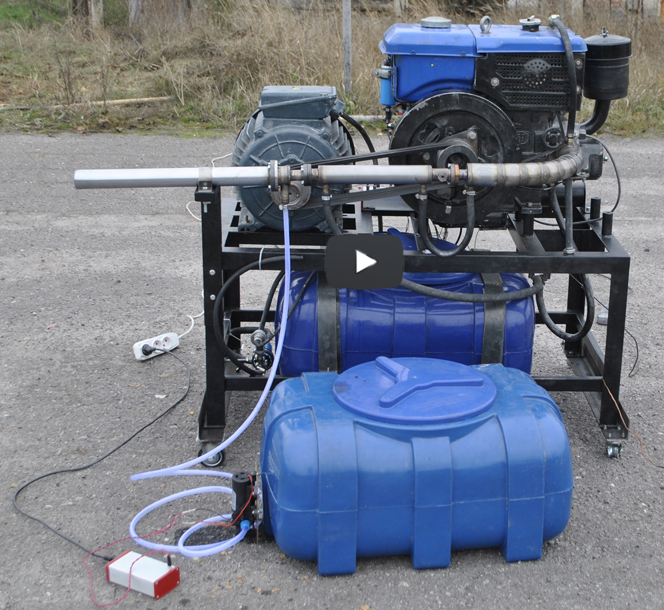Problem statementEfficiency of pulse detonation systems such as pulse detonation engines or detonation tubes depends on types of an oxidizer–fuel mixture. Use of an oxygen-fuel mixture instead of an air-fuel mixture allows increasing in the efficiency. For example, the efficiency of an air-breathing pulse detonation engine calculated by Lenoir engine cycle is η = 0.29. The efficiency of engines fed by an oxygen-fuel mixture is η = 0.38. We assumed in the calculation that a pressure ratio is λ = 8 for an air case and a pressure ratio of λ = 15 corresponds to an oxygen case. The ratio of specific heats was k = 1.35. Efficiency of air-breathing pulse detonation systems can be raised by adaptation of Humphrey cycle to such systems. For example, when a compression ratio is n = 3.5, the efficiency of the air-breathing engine exceeds η = 0.49. Thus, it requires compressing an air-fuel mixture into a detonation tube before detonation initiation.
|
Notes1 The maximal frequency can exceed 100 Hz per one detonation tube. 2 The critical tube diameter at which the deflagration-to-detonation transition happens is equal to the detonation cell size λ. For the propane –air mixture λ≈ 50 mm at normal temperature and pressure. |
References
|
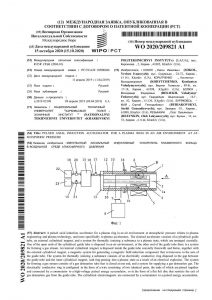 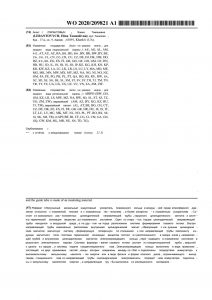 |

